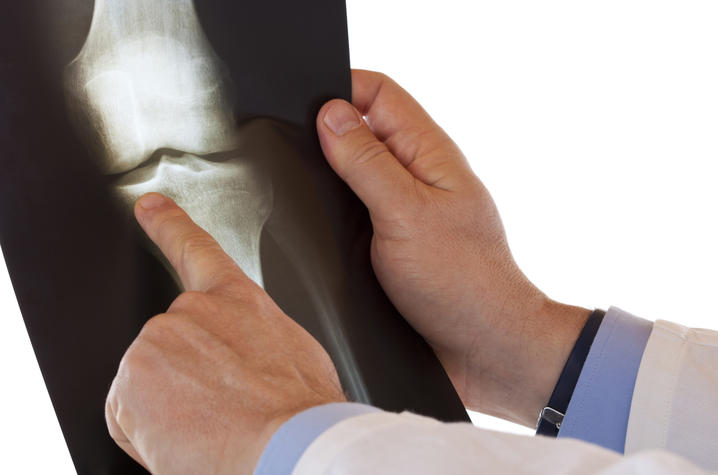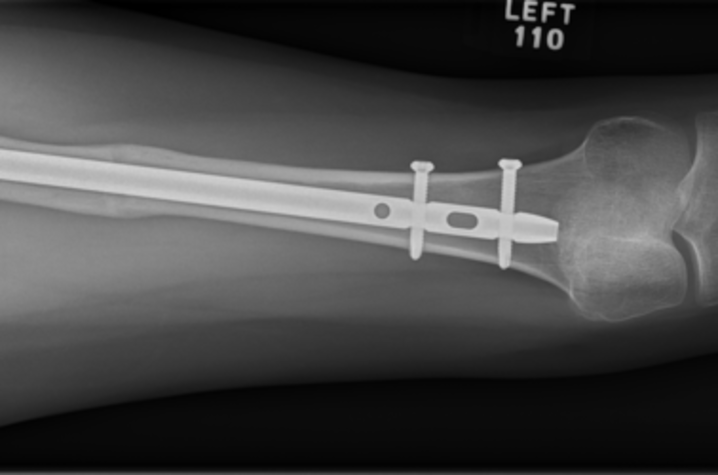UK Orthopaedic Trauma Surgeon Helps Patient Get Back on the Move
LEXINGTON, Ky. (June 15, 2018) — Grace Mlachak has an undeniable passion for being active, with hobbies spanning the gamut from water sports to nature hikes. However, when she broke her femur in a wakeboarding accident in late 2008, the healing process did not go quite how anyone expected. Mlachak was left with a leg deformity that slowly worsened her mobility. After nearly a decade of pain and discomfort, she was referred to Dr. Paul Matuszewski with UK Orthopaedic Surgery and Sports Medicine. Now, Mlachak is back to enjoying a pain-free active lifestyle.
Mlachak, who was only 11 when the accident occurred, says that despite multiple surgeries and years of physical therapy, the pain in her hip and knee never completely went away.
"Nine years later my pain went from a baseline of four or five to a nine or 10," she said. "My leg started to buckle out from under me. It got so bad that after I would fall, I wouldn't be able to get up again for hours."
Initially, orthopaedic doctors ensured Mlachak that her pain was caused by developing scar tissue. They even told her that regular exercise would alleviate the problem. As time went on, she had difficultly doing the things she loved most – dancing, swimming – even walking in straight line was a challenge because her leg turned inward as it healed. Once walking became a challenge, Mlachak and her parents decided to look for a second opinion. Eventually, the Mlachak family who live in Columbus, Ohio, traveled to Lexington and UK HealthCare to meet Dr. Matuszewski
"Grace presented to me after having a long-standing history of left hip and knee pain. After evaluation, it was determined that she had what we call a traumatic malunion of the femur with malrotation of 25 degrees," Matuszewski explained. "This caused her to rotate her leg an additional 25 degrees to have a straight forward foot, which in turn, created pain in her hip and knee."
Although the femur is the longest and strongest bone in the human body, femoral shaft fractures are common. Once the femur breaks, it is difficult to reposition perfectly. As it heals, small changes in rotation (typically less than five degrees) are expected.
In November 2017, Matuszewski performed an osteotomy on Mlachak. Through minimally invasive techniques, he used three small incisions to re-break the bone, place a femoral nail and rotate the bone back to a natural position. The full operation lasted around three hours.
Although she is still working through some mental and emotional barriers, Mlachak has made a complete physical recovery.
"By the time I was scheduled for surgery, I couldn't walk for more than five minutes without my leg giving out on me," she said. "What Dr. Matuszewski did for me was amazing."






